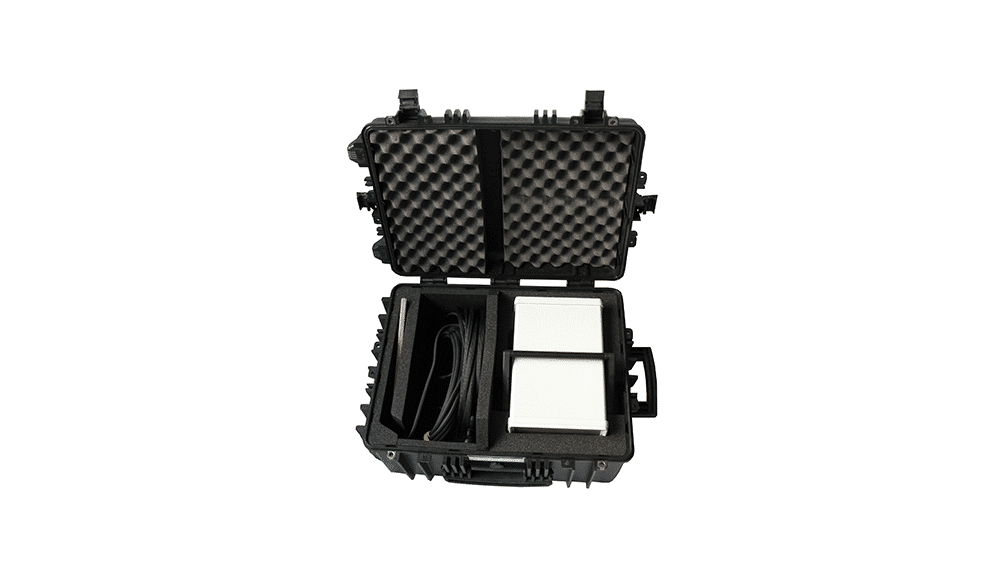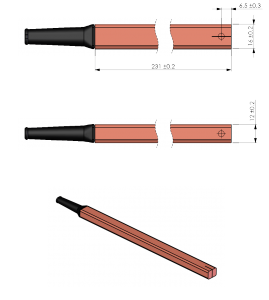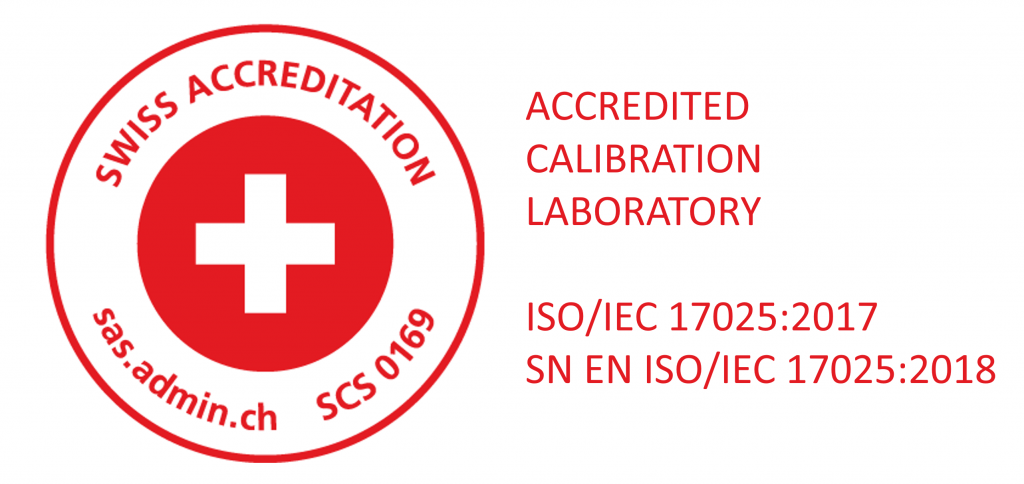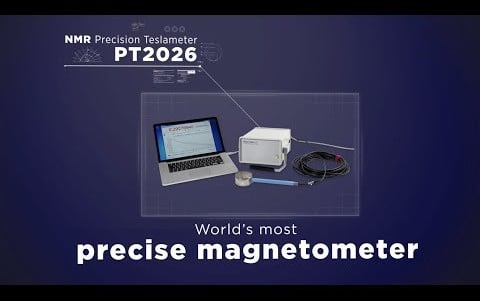Model 1326 NMR Pulsed-Wave Probes
PT2026 accessory
Description
3″9Designed for the PT2026 NMRNuclear Magnetic Resonance. A resonance phenomenon seen when you irradiate a sample in a magnetic field with an RF field.... More PrecisionPrecision is how closely multiple measurements will be clustered. Also called reproducibility or repeatability. In everyday speech, often confused with... More TeslameterSee magnetometer. More, the Model 1326 probes provide unprecedented PrecisionPrecision is how closely multiple measurements will be clustered. Also called reproducibility or repeatability. In everyday speech, often confused with... More, using the Pulsed-Wave detection principle.
A single connector for the RF and other signals makes it easy to plug and unplug.
An integrated 3-axis Hall probeThe actual sensor that is placed in the magnetic field. The NMR probe contains the NMR sample; the Hall probe... More dramatically speeds up the search for the NMRNuclear Magnetic Resonance. A resonance phenomenon seen when you irradiate a sample in a magnetic field with an RF field.... More resonance, and provides a rough measurement until the NMR signal can be found.
Six standard probes cover a rangeThe range of a probe is defined by the minimum and maximum field strength it can measure. On an instrument,... More from the tens of milli-Teslas to the tens of Teslas. The rangeThe range of a probe is defined by the minimum and maximum field strength it can measure. On an instrument,... More minimum and maximum values in the following table are guaranteed values; each probeThe actual sensor that is placed in the magnetic field. The NMR probe contains the NMR sample; the Hall probe... More is individually programmed with its actual usable rangeThe range of a probe is defined by the minimum and maximum field strength it can measure. On an instrument,... More.
| Model designation | RangeThe range of a probe is defined by the minimum and maximum field strength it can measure. On an instrument,... More minimum (T) | Range Maximum (T) | SampleThe NMR sample is the material placed in the magnetic field, whose proton spin resonates when an RF field of... More diameter, material |
| 1326-0.038-0.14 | 0.038 | 0.14 | 7.45 mm, Hydrogen / synthetic rubber |
| 1326-0.13-0.48 | 0.13 | 0.48 | 5.1 mm, Hydrogen / synthetic rubber |
| 1326-0.46-1.50 | 0.46 | 1.5 | 2.9 mm, Hydrogen / synthetic rubber |
|
“NEW” 1326-0.9-3.2 |
0.90 | 3.2 | 2.9 mm, Hydrogen / synthetic rubber “NEW” |
| 1326-1.4-4.8 | 1.4 | 4.8 | 2.9 mm, Hydrogen / synthetic rubber |
| 1326-4.35-11.7 | 4.35 | 11.7 | 1.8 mm, Hydrogen / natural rubber |
| 1326-10-32 | 10.0 | 32.0 | 3.6 mm, Deuterium / heavy water |
| 1326-0.1-3* | 0.094 | 3.05 | 7.35 mm, Hydrogen / synthetic rubber (uniformSee homogeneous. More fields only) |
* Model 1326-0.1-3 is a specialty probeThe actual sensor that is placed in the magnetic field. The NMR probe contains the NMR sample; the Hall probe... More, suitable only for applications where a highly uniform field can be guaranteed, such as calibration magnets.
Custom ranges are available upon request.
The “Metrolab standardA standard is the internationally agreed-upon physical representation of a unit. For example, a caesium clock is the standard for... More” copper tube provides a form factor exactly compatible with the PT2025 model 1060 and 1062 probes, and the PT2026 model 1226 probes. The dimensions are as shown in the figure below (click to enlarge):
The standardA standard is the internationally agreed-upon physical representation of a unit. For example, a caesium clock is the standard for... More cable length is 10 m. Custom lengths are available upon request. Alternatively, all probes can be used with a model 3026 extension cable.
Accessories
Other PT2026 accessories
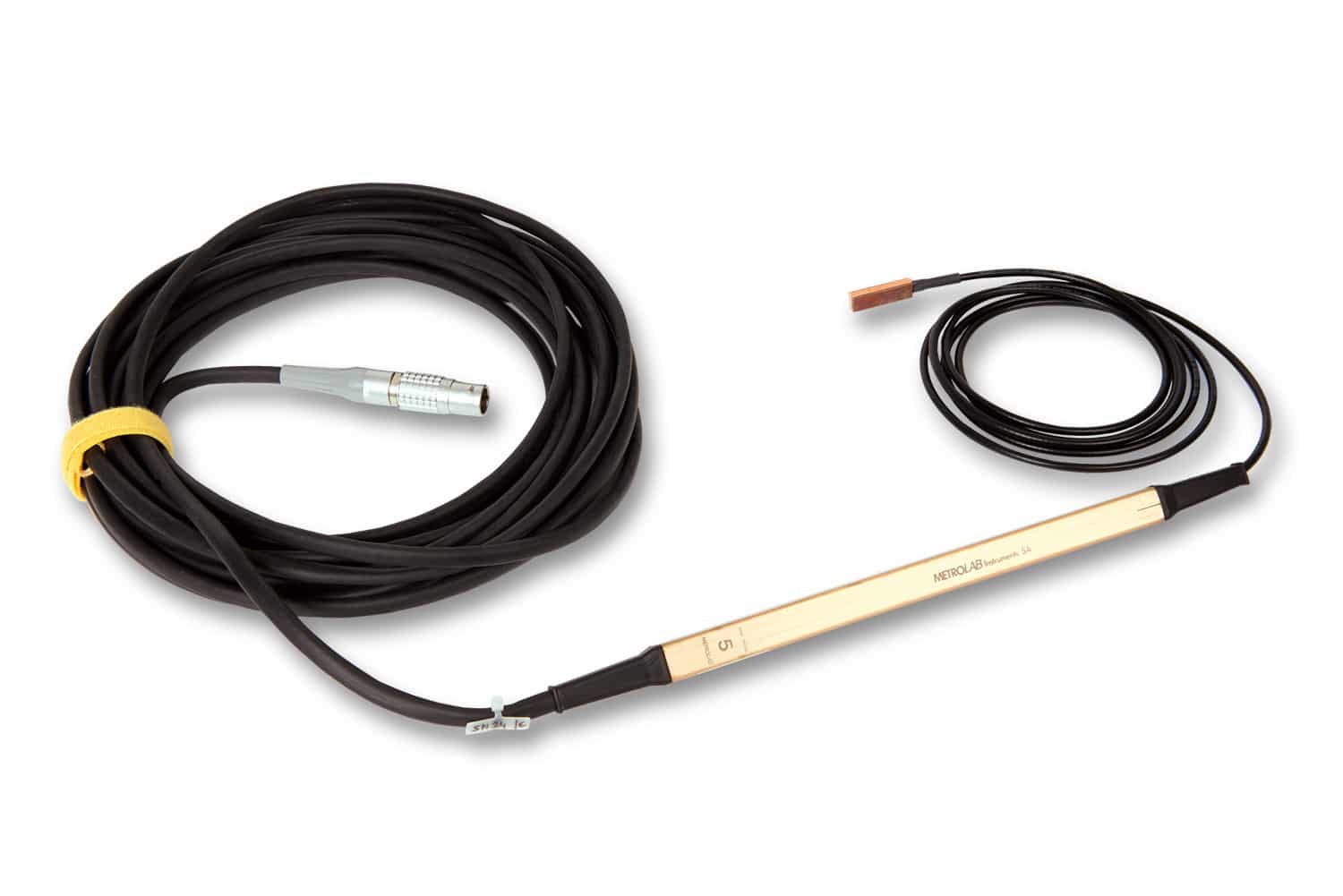
Model 1426 NMR Pulsed-Wave Probes
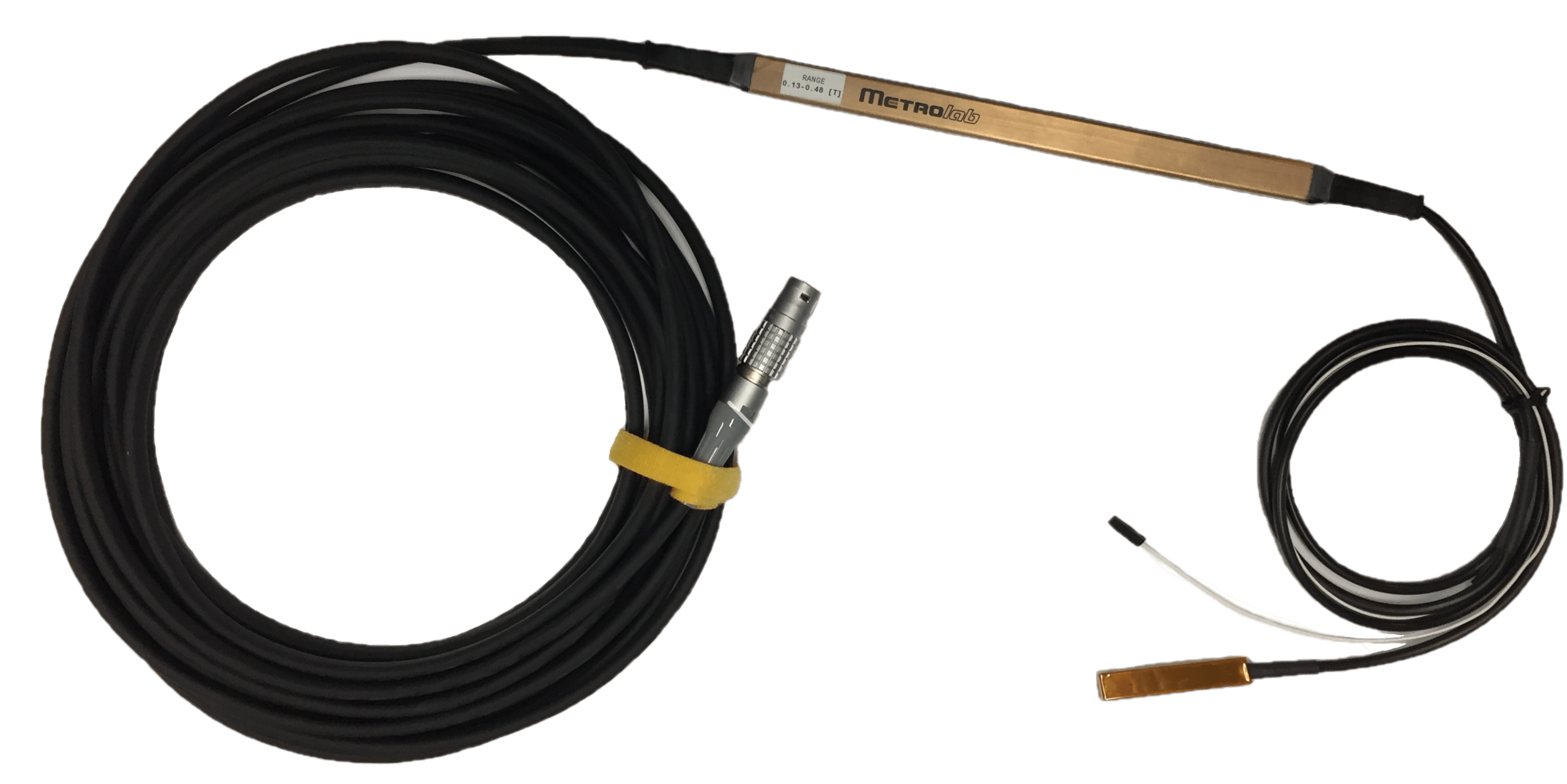
Model 1526 NMR Pulsed-Wave Probes
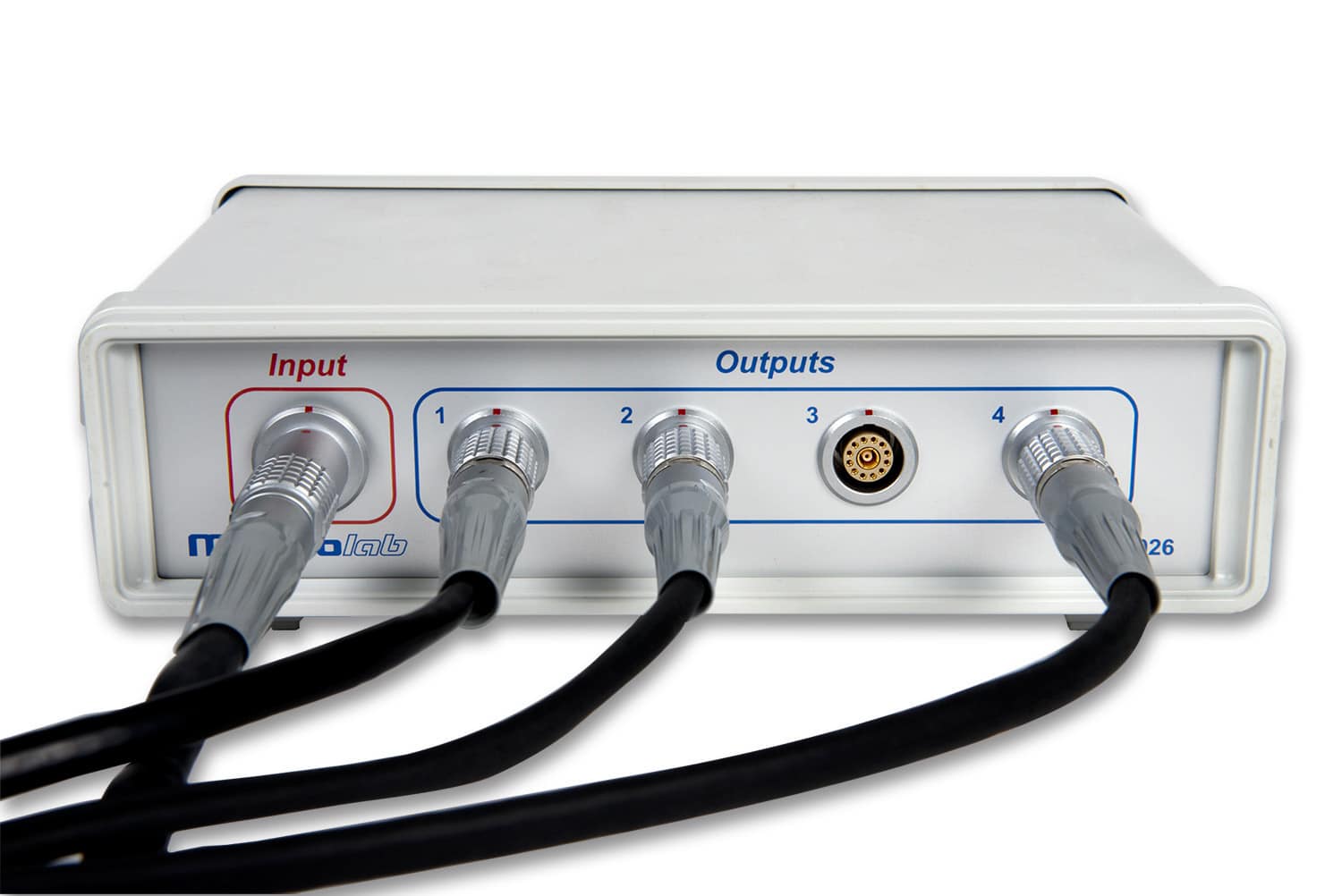
NMR probe multiplexer MUX6026

1100-20 Gradient compensation coil up to 20G/cm
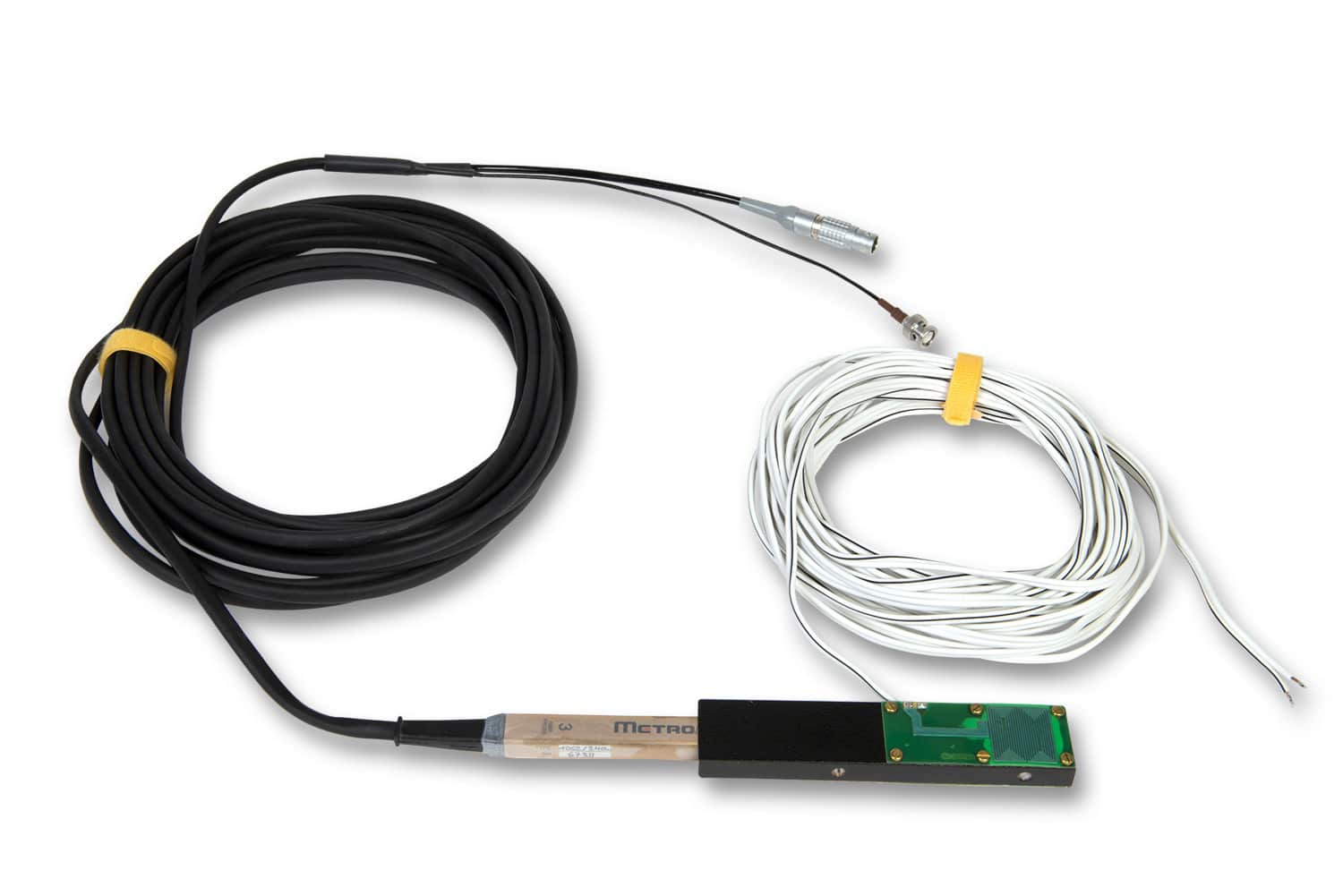
1100-40 Gradient compensation coil up to 40G/cm

ACC-1060 Gradient compensation coil up to 100G/cm
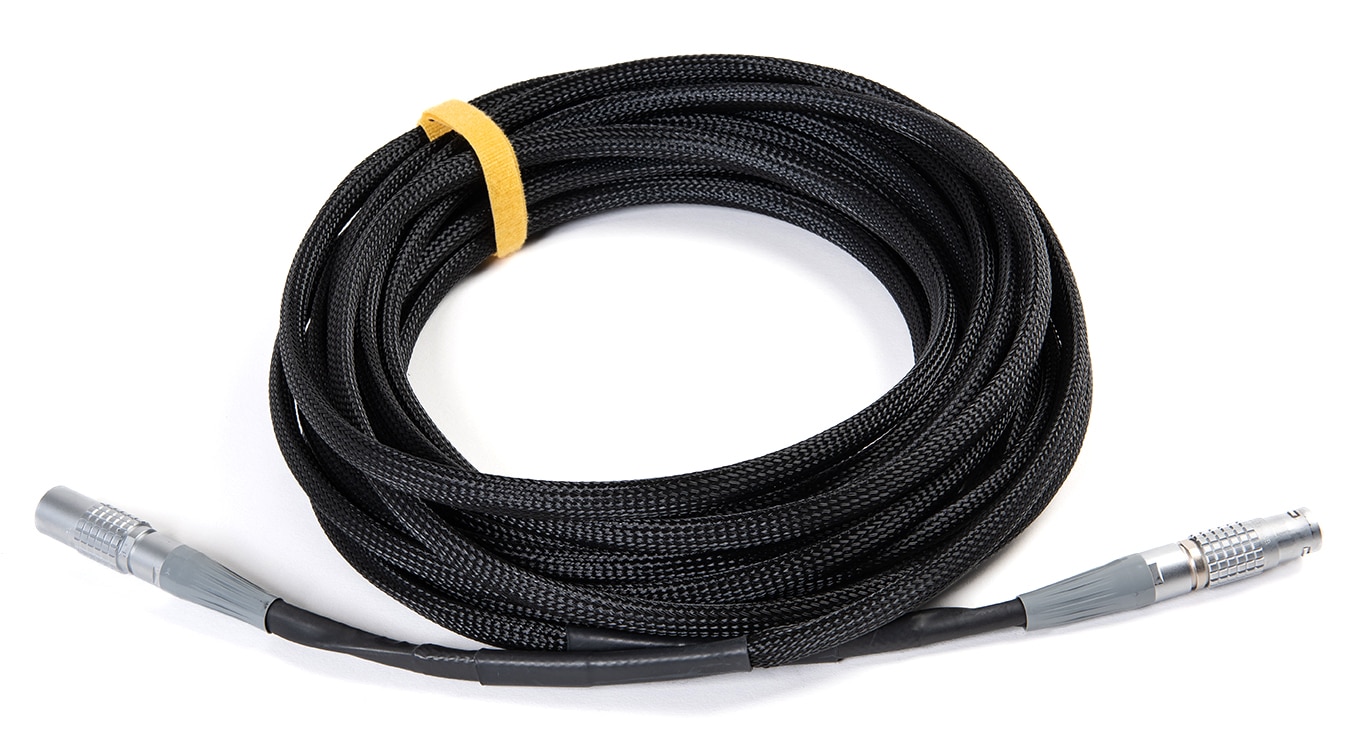
PT2026 probe-extension / MUX cable
